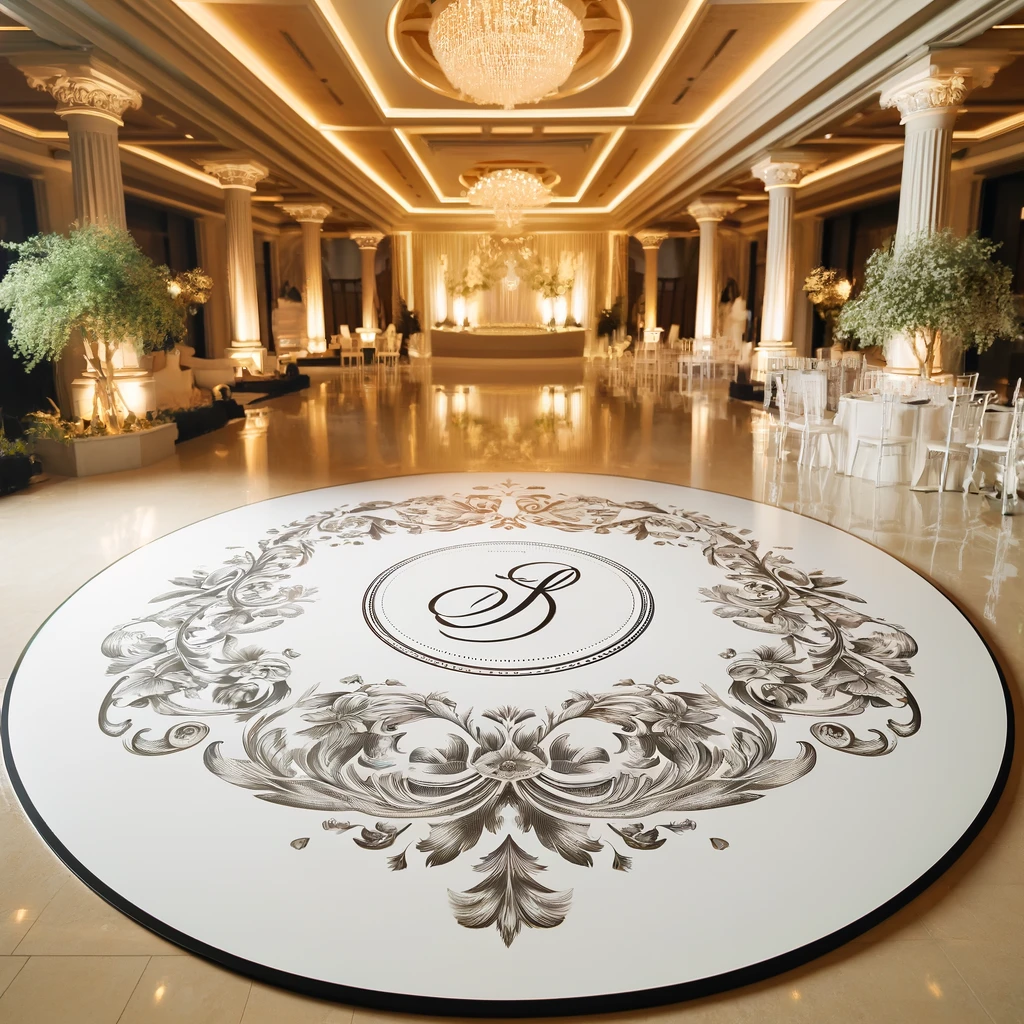Choosing the right materials for building a durable and secure external dance floor is crucial for ensuring an pleasurable session. Outdoor dance floors must withstand various climate conditions while providing a stable surface for performers and participants. Thus, it is important to evaluate factors such as material resilience, safety features, and maintenance demands when making selections. This article will explore several suitable materials and their advantages in designing an open-air dance floor.
One common option for outdoor dance floors is wood. Lumber offers a traditional and inviting aesthetic that many consider appealing. Hardwoods like beech or ash are particularly preferred due to their strength and ability to cushion impact, which can safeguard dancers’ ligaments. Additionally, timber has inherent anti-slip properties when treated properly, reducing the chance of injuries. However, maintaining a wooden dance floor requires regular sealing and resurfacing to shield it from humidity and ultraviolet exposure, rendering it essential to account for the environment in which the floor will be placed.

Another viable option is synthetic composites, which combine wood fibers with polymers. These composites are designed to be resistant to moisture, mold, and discoloration from sunlight. Composite dance floors provide longevity similar to traditional wood without the extensive upkeep. They are more resistant to distortion and splitting than wooden floors when exposed to harsh outdoor click this link now conditions. In addition, composite surfaces often have integrated slip resistance features, making them a safer choice for open-air occasions.
For those looking for a more modern solution, modular tiles made of polyvinyl chloride or elastomer are reliable alternatives. These tiles are designed for easy installation and can be rearranged or swapped as needed. The versatility of using interlocking tiles permits quick setup and breakdown, making them ideal for temporary dance venues or gatherings. Moreover, these flooring types provide shock absorption that improves support while dancing and reduces the likelihood of accidents caused by falls. The non-porous structure of PVC and rubber also inhibits water absorption, additionally prolonging the life of the flooring.
Ultimately, it is crucial to evaluate the location and intended function of the exterior dance floor when selecting materials. For instance, if the dance floor will be situated in a high-traffic area or subjected to inclement weather frequently, choosing durable surfaces that require minimal maintenance will be important. On the other hand, for lighter use or in more protected areas, less heavy materials may be adequate. In any case, prioritizing safety features such as grip and impact resistance should remain at the center of design.
In conclusion, constructing a websites long-lasting and safe open-air dance floor involves careful assessment of diverse materials suited for different environments and applications. Timber offers timeless aesthetics but requires consistent maintenance; engineered composites balance appearance with durability; interlocking tiles offer versatility and ease of use. Ultimately, understanding the unique needs of the dance floor's planned use will inform decision-making toward choosing the most appropriate material for an satisfying and safe dancing experience in outdoor spaces.